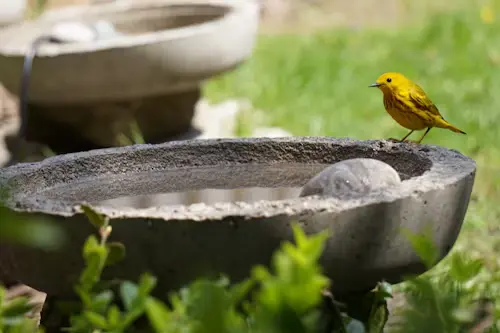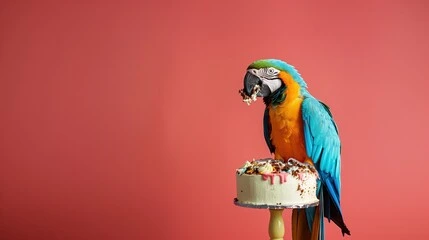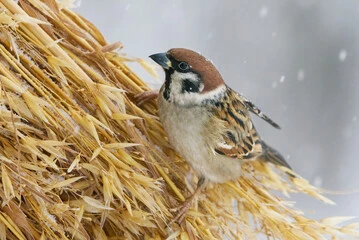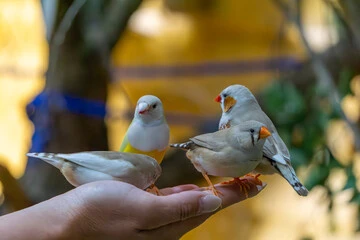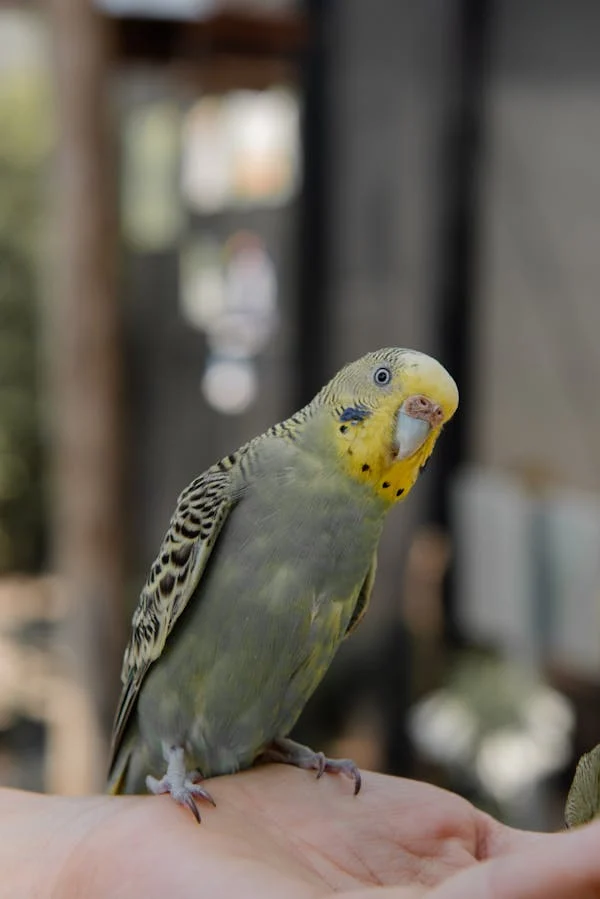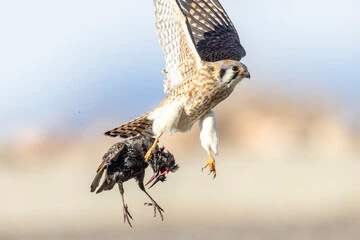Cockatiel Bird Male: Best Proven Ways to Raise Happy Singers
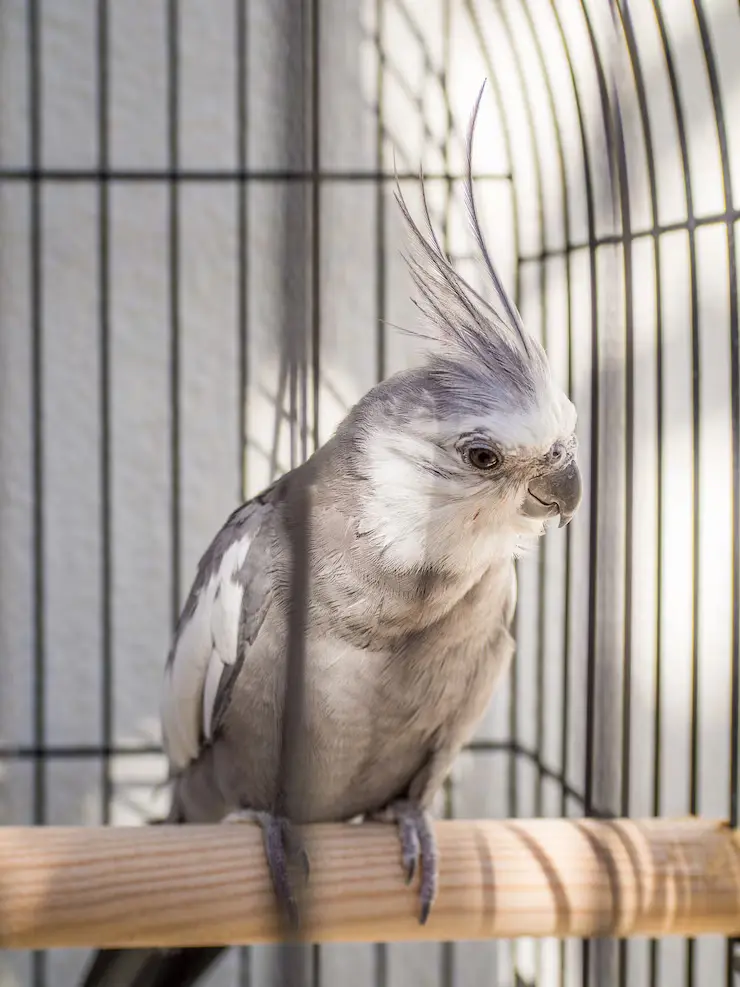
There’s a magic moment that cockatiel owners know well—the first time your male cockatiel swings into a full-throated song. His cheerful whistle dances through the air like sunshine, turning an ordinary room into a concert hall. But behind those serenades lie fascinating truths about temperament, sexual dimorphism, and the vivid world of Cockatiel Bird Male colors. Like many of you, I’ve spent unforgettable hours decoding their chirps, studying their feather patterns, and navigating their complex social signals. Whether you’re bonding with a new friend or solving avian mysteries, understanding the male cockatiel enriches your feathered relationship in extraordinary ways. Let’s dive into the charming universe of these charismatic chatterboxes.
Table of Contents
The Serenading Superstar: Male Cockatiel Singing Explained
Male cockatiel singing is more than just noise—it’s a sophisticated language rooted in instinct and emotion. Unlike their female counterparts, males persistently experiment with sounds to express contentment, attraction, or curiosity about their environment. Here’s how to interpret and encourage their melodies:
Song Structures & Meanings:
- Heartfelt Whistles: These rhythmic patterns like “Wolf Whistle” signal contentment or invite playtime.
- Complex Mimicry: Males readily learn doorbells, phone tones, or short phrases if repeated daily.
- Alarm Calls: Sharp, staccato screams warn of perceived threats. Reduce these by maintaining calm surroundings.
Stimulating Vocalization:
▶︎ Engage daily by singing to them—they’ll experiment to match your pitch.
▶︎ Leave a radio on talking shows; passive exposure broadens their “sound library.”
▶︎ Reward with treats when they mimic new sounds to reinforce learning.
Quiet Males? Don’t Panic: Illness or stress can mute vocalization. Update their environment first—more toys, new perches, sunlight exposure—before opting for veterinary advice. Over 90% of healthy males vocalize regularly post-molt.
Male Cockatiel vs Female: Decoding Appearance, Personality & Behavior

Determining your Cockatiel Bird Male isn’t just a guessing game—physical and behavioral traits reveal crucial clues after their first molt (~6 months old). For complicated mutations, DNA tests offer fail-proof answers. Let’s break down the distinctions with science-backed cues:
✦ Visual Differences Overview As verified by avian vets
| Feature | Male Cockatiel | Female Cockatiel |
|---|---|---|
| Head Coloration | Bright yellow face | Dulled yellow/grey face |
| Cheek Patches | Deep orange-red circles | Paler, muted orange patches |
| Body Markings | Solid plumage | Barred/spotting under wings & tail |
| Tail Underside | Solid grey | Distinct yellow-grey stripes |
✦ Behavioral Signs:
Males:
♪ Intentional singing/mimicry mastery
💕 Frequent head-bobbing when courting (directed at toys, people, or mates)
✋ Territorial over cages during breeding seasonFemales:
♫ Rarely sing; use brief chirps and contact calls
🥚 May lay infertile eggs—even solo—triggering protective behaviors
🤝 More receptive to cuddles, less noise-focused
Uncertain about your bird? Crowdsource identification advice from experienced cockatiel communities. Misinterpreted gender can disrupt breeding harmony, as seen in territorial male disputes.
A Kaleidoscope in Flight: Exploring Male Cockatiel Colors

Male cockatiels dazzle with varied mutations, each altering plumage uniquely post-molt. From mood indicators to genetic marvels, their colors reveal surprising insights.
Mutations & Their Markers:
- Normal Grey: Classic wild-type—grey body, fiery cheeks, white wing bands.
- Lutino: Sunshine yellow-white body lacking grey melanin; crimson eyes.
- Cinnamon: Captivating brown-grey warmth instead of cool greys. Explore our deep-dive guide on mesmerizing cinnamon cockatiel birds.
- Pied: Scattered patches of pigmented feathers over white/yellow base—like feathered confetti.
- Pearl (Brocade): Younger males display intricate scalloped patterns, often fading after 1st year.
Why Color Changes Matter?
Stress Bars: Grey bands forming across feathers signal malnutrition or illness. Boost nutrition using our cockatiel dietary toolkit.
Happy Glow: Iridescent feathers in sun indicate vitality—dullness suggests neglect.
Naigating Hormones: When Male Aggression Escalates
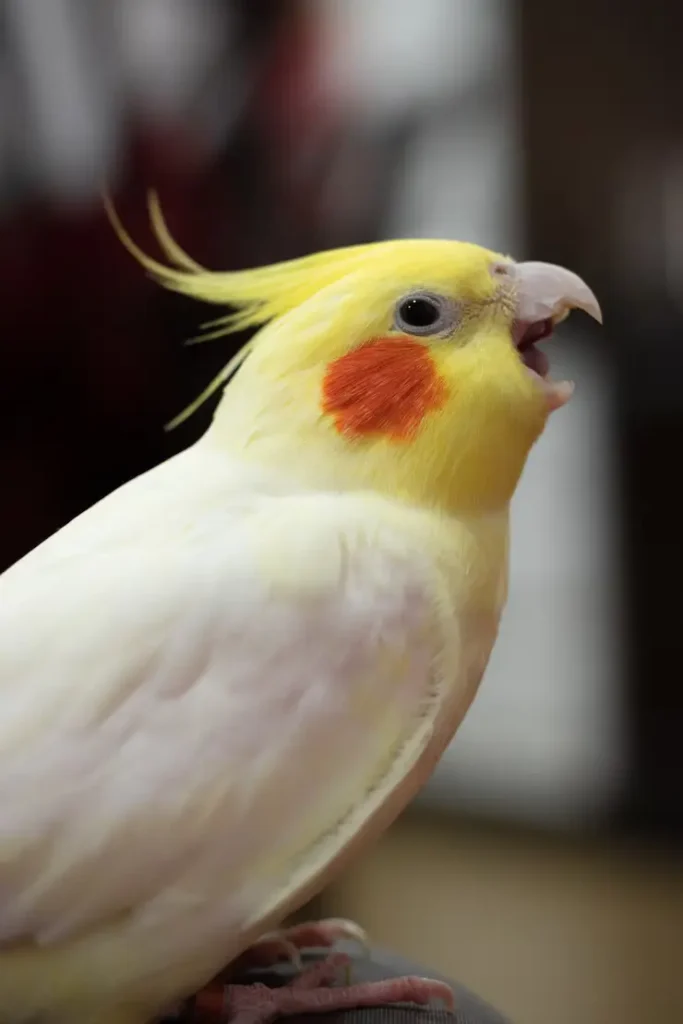
Many cockatiel pairs thrive together—until hormones spark fiery disputes. User reports like “My male attacks my female after she laid eggs—he won’t let her incubate” horrify owners invested in peace. Here’s how to restore harmony:
Triggers Behind Breeding Season Aggression
• Frustration over infertile eggs
• Premature breeding urge in underage birds (<18 months)
• Resource hoarding (space, food, nesting sites)
Quick De-escalation Steps
→ Separate immediately using a second cage
→ Remove eggs to discourage parental drive
→ Gradually reintroduce in neutral territory
→ Reduce daylight to 8–10 hours to suppress hormones
→ Avoid “nest triggers”—cuddle huts or shadowy corners
Long-Term Prevention
Spayed/neutered males exhibit fewer hostility spikes. Always ensure proper mating alignments: forced pairings amplify conflict.
FAQs: Solving Your Male Cockatiel Mysteries
Why is my male cockatiel suddenly hiding/silent?
Fear or illness! Check for respiratory distress, darkness-seeking, or absent singing. Stress often precedes silent periods.
Will two male cockatiels fight?
Rarely—bonded males happily cohabit without sexual rivalry. Supervise initial meetings to inhibit territorial flares.
Do male cockatiels bond tighter with females or humans?
Males imprint intensely on caregivers. Paired males retain strong human ties, while females prioritize mates/nests.
Can a male cockatiel lay eggs?
Physically impossible—males lack reproductive anatomy for egg production.
Why does my male cockatiel bite when I touch his back?
Back/stomach contact mimics mating pressure. Stick to head/neck scratches to avoid hormonal irritation.
Final Feathers of Wisdom
To love a male cockatiel is to embrace contradictions—the gentle crooner who fiercely guards his cage; the colorful showstopper camouflaging emotional nuance in chirps. Knowing the distinctions between males and females clarifies care rituals: understand when to activate singing lessons, decode feather clues for health checks, or defuse cage-side dramas. Each whistle carries history—an evolutionary echo refined through centuries of Australian skies and your loving living room.
Got stories of your own melodic maven’s quirks? Share your cockatiel tales and questions below! Bird kinship thrives in community—pass this guide to fellow enthusiasts navigating the wondrous journey of Cockatiel Bird Male companionship.

